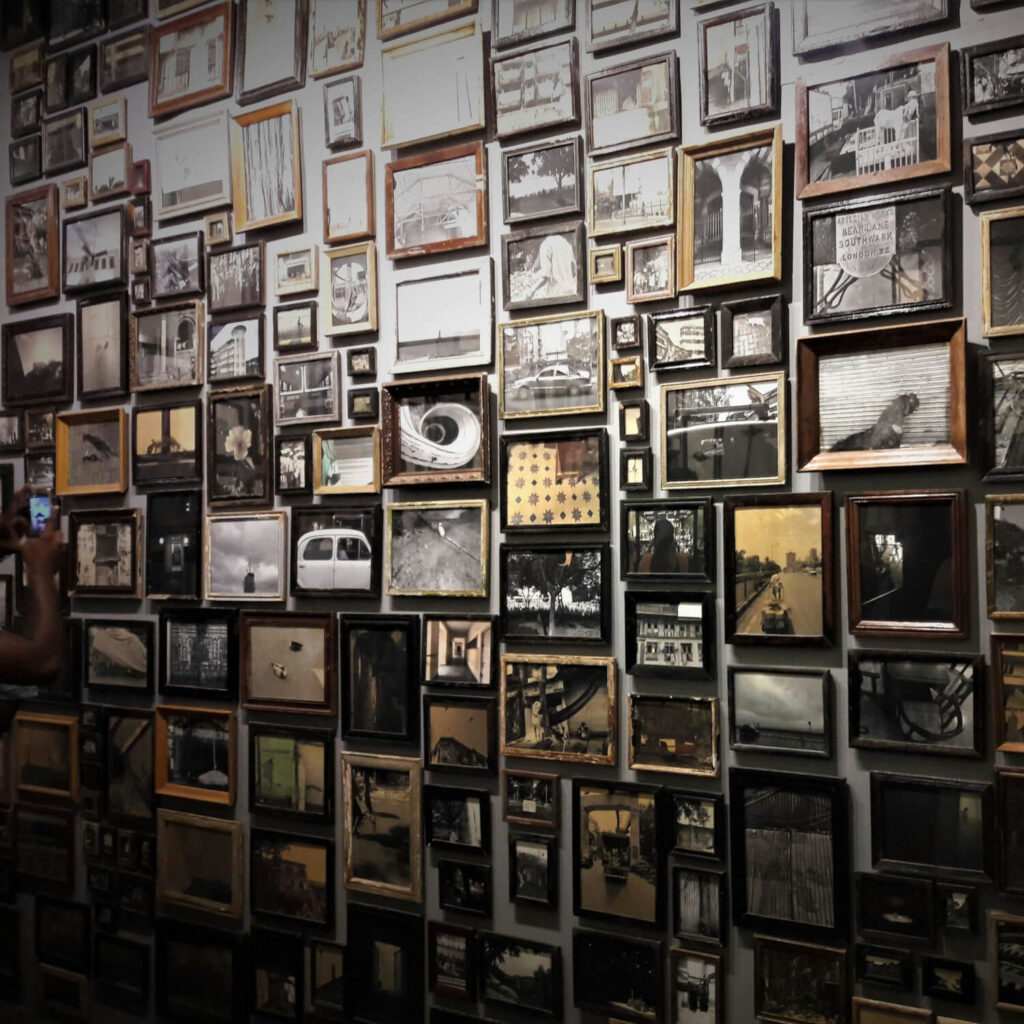
Effective online gallery design demands not only aesthetic appeal but also must be useful to the visitor. As websites increasingly serve as platforms for showcasing visual content, understanding optimal display strategies becomes apparent. From intuitive navigation structures to responsive layouts that enhance user experience across devices, let’s investigate the basics. By balancing artistic presentation with technical functionality, you can organize your offering in an intuitive and unique way to create a lasting impact on your audience.
What We'll Cover
Organizational Strategies
Organizing image galleries on websites is crucial for providing a good user experience. It involves thoughtful categorization, intuitive navigation, and ensuring accessibility across devices. By implementing strategies that optimize loading times, enhance user interaction, and maintain consistency, you can create a seamless and engaging experience for visitors exploring visual content on your site.
Categorization by Collections
Create collections to group related galleries together. This helps users navigate to their area of interest quickly. For instance, you could have collections based on project type, themes, or subjects.
Time-Based Organization
If your projects are time-sensitive or if you want to showcase growth over time, organizing galleries by year or event can be a great approach.
Location-Based Sorting
For portfolios that are location-centric, such as travel photography or events, organizing images by continent, country, or city makes it easier for users to find relevant content.
Topic or Genre Classification
Grouping images by topic or genre allows users to dive directly into the content that interests them the most, whether it’s portraits, landscapes, abstracts, or personal work.
Use of Nested Collections
If you have a large number of galleries, nested collections can help in breaking down the content into more manageable chunks. This could look like having a main collection for “Travel” with sub-collections for each continent, and further nested collections for individual countries.
Streamlining Uploads
Utilizing an image uploader tool can simplify the process of adding images to your website. These tools can automatically optimize and resize images for web use, ensuring faster page loads and a better user experience.
Visual Content Importance
Remember that visual content is not just about aesthetics; it’s about communication and engagement. High-quality, well-organized images can enhance brand image and encourage conversions.
Editing Tools
Image uploaders often come with editing tools that allow you to crop, resize, and adjust images before they go live on your site. This ensures consistency and professionalism across your galleries.
Technical Considerations
On the technical side, the choice of how to display images in a gallery can significantly affect the user experience and engagement. Here are some common methods and when to use them:
Carousel
This is ideal for highlighting a selection of featured images. Carousels work well when you want to showcase a few key images without overwhelming the user. They’re often used on homepages or product feature sections.
Lightbox
An element that expands to show all images is typically known as a lightbox. It’s useful for allowing users to view each image in detail without leaving the page. Lightboxes are great for portfolios or product galleries where high-resolution images are essential.
Tiles/Grid
Displaying images as tiles or in a grid is a versatile approach that works well for galleries with a large number of images. It allows users to quickly scan many images and select which ones to view in more detail. This method is commonly used for photo albums or design work showcases.
Masonry Layout
Similar to tiles but with varying sizes, a masonry layout is a dynamic way to display images of different dimensions in an organized, yet visually interesting manner. It’s perfect for galleries where images don’t have a uniform aspect ratio.
Infinite Scroll
For a continuous flow of images, infinite scroll allows users to keep scrolling without the need for pagination. This is suitable for social media-style platforms or when you want to create an immersive browsing experience.
Slideshow
A slideshow is a sequential display of images, often with controls for the user to navigate forward and backward. This is a good choice for tutorials, storytelling, or when you want to guide the user through a series of images.
Interactive Elements
Incorporating interactive elements like virtual tours or 3D models can enhance engagement, especially for businesses showcasing products or properties.
Each of these methods has its own set of best practices for optimization and compatibility across devices. It’s important to consider the user’s journey and the purpose of the gallery when deciding which method to use. Additionally, ensuring that the gallery is responsive and loads efficiently is crucial for maintaining a positive user experience.
Which strategies are right for you?
By implementing these strategies, you can create a more organized, navigable, and visually appealing image gallery that resonates with your audience and reflects the quality of your work. Remember, the goal is to reduce friction for the user and make their journey through your portfolio as seamless as possible.





